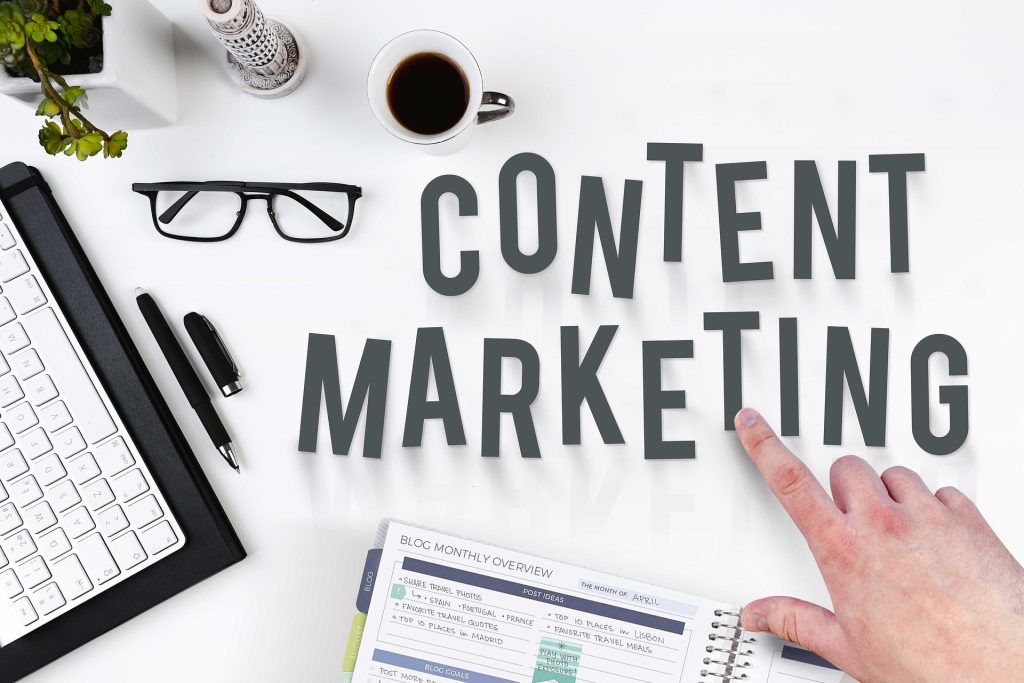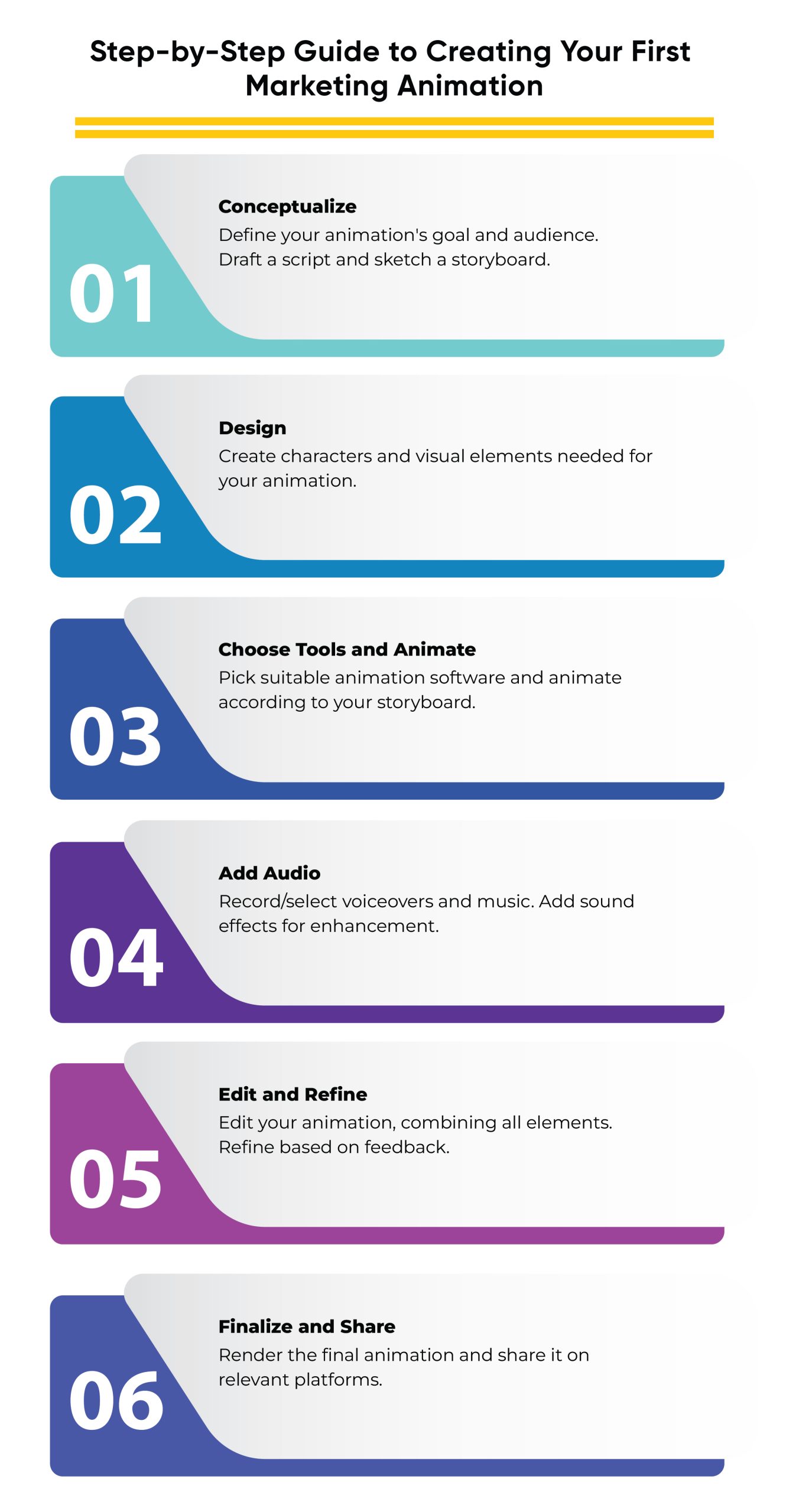Learn All About Content Marketing Animation

Welcome to the vibrant world of content marketing animation! If you’re looking to spice up your content marketing game, you’ve landed in the right spot. Today, you’re going to discover many things about animation in content marketing, exploring everything from eye-catching 3D animations to the nitty-gritty of creating compelling marketing video content. Whether you’re a seasoned marketer or a curious newcomer, this guide is your ticket to understanding and leveraging animation for content marketing.
The Rise of Content Marketing Animation
Gone are the days when content marketing was limited to written blogs and static images. The digital era calls for something more dynamic, more engaging. Enter animation—a powerful tool that can transform your marketing strategy.
Why Animation?
- Engagement Booster: Animated content is a visual treat that can keep your audience hooked.
- Explains Complex Ideas Easily: Complex concepts become easy to digest when illustrated through animation.
- Wide Appeal: From kids to adults, everyone enjoys a good animation.
- Brand Identity: Unique animations can become synonymous with your brand, enhancing brand recognition.
Types of Animation in Content Marketing
- 2D Animation: Perfect for narrative, simple and adaptable.
- 3D Animation in Content Marketing: Offers depth and realism, ideal for product demonstrations.
- Stop Motion: Gives a handcrafted feel, great for a unique, artisanal touch.
- Whiteboard Animation: Excellent for educational content, offering a simple yet engaging approach.
Behind the Scenes: The Animation Process
Learning about animation is like entering a parallel universe where creativity and technology coexist. The process from ideation to completion is an interesting one.
Here we’ll take a look at the technical aspects which video editing services go through to make animated video and the creative steps involved in making it for content marketing.
Conceptualization: The Birth of an Idea
Every great animation starts with an idea. This stage is all about brainstorming and storyboarding.
- Idea Generation: It begins with brainstorming sessions. Here, the team throws around ideas, often drawing inspiration from market trends, brand identity, and the target audience’s preferences.
- Storyboarding: Once the idea is chosen, it’s sketched out in a storyboard. This step is crucial as it lays down the visual narrative – think of it as a comic strip of your animation, outlining key scenes and transitions.
Scriptwriting: Crafting the Narrative
The script is the backbone of your animation, giving voice to your story.
- Dialogue and Narration: The script includes dialogue and narration, tailored to resonate with the intended audience. It should align with the brand’s tone and message.
- Timing and Pace: Scriptwriters also consider the timing, ensuring the story fits within the desired duration without feeling rushed or drawn out.
Design and Illustration: Bringing Ideas to Life
This is where artists and designers translate the storyboard into actual visuals.
- Character Design: If the animation involves characters, designers will create them to reflect the brand’s personality and appeal to the audience.
- Environment and Props: Alongside characters, the setting and props are also designed, which helps in building the world in which the story unfolds.
Animation: The Heart of the Process
Now, the real magic happens. The motionless visuals are brought to life by animators..
- 2D/3D Animation: Depending on the style, animators work on 2D or 3D animation. This involves rigging (giving a digital skeleton to characters) and then animating scenes frame by frame or via motion capture.
- Effects and Textures: Special effects and textures add depth and realism, making the animation more engaging and visually appealing.
Voice-Over and Sound Design: Adding Audio Dynamics
A well-designed sound landscape can elevate the animation.
- Voice-Over Recording: Professional voice actors record the script, giving personality to the characters or narration.
- Sound Effects and Music: Background music and sound effects are integrated, syncing with the animation to create an immersive experience.
Editing and Post-Production: The Finishing Touches
In the final stage, everything comes together.
- Editing: Editors compile the animated sequences, ensuring smooth transitions and flow.
- Color Correction and Rendering: Color correction is applied for visual consistency, and the animation is rendered into its final form.
Review and Revisions: Ensuring Perfection
Before the final release, the animation undergoes thorough reviews.
- Internal Review: The team reviews the animation, looking for any discrepancies or areas of improvement.
- Client Feedback: The client’s input is crucial. They might suggest changes to better align the animation with their vision and objectives.
Distribution: Sharing the Story
With the animation complete, it’s ready to be shared with the world.
- Format Optimization: The animation is optimized for various platforms – be it social media, YouTube, or the company website.
- Launch Strategy: A launch strategy is developed to ensure maximum reach and engagement.
Crafting a Winning Content Marketing Video
Creating effective marketing video content isn’t just about having flashy visuals. It’s an art that combines storytelling, branding, and technical skills.
Storytelling is Key
- Relatable Characters: Create characters that resonate with your audience.
- Emotional Connect: Aim to strike an emotional chord with your viewers.
- Clear Message: Ensure your video has a clear, concise message.
Technical Aspects to Consider
- High-Quality Animation: Poor animation can be more harmful than beneficial.
- Pacing: Keep the flow smooth and engaging.
- Sound Design: Don’t underestimate the power of a good soundtrack.
Promoting Your Animated Content
- Social Media Platforms: Share snippets or teasers on platforms like Instagram, Facebook, and Twitter.
- Email Campaigns: Include animated content in your newsletters.
- Your Website: Feature your animation on your homepage or blog.

The Impact of 3D Animation in Content Marketing
3D animation is not just a buzzword; it’s a game-changer in content marketing.
Why Choose 3D?
- Realism: Offers a realistic view of products or concepts.
- Flexibility: The possibilities are endless with 3D animation.
- Interactivity: 3D models can be made interactive for an immersive experience.
Using 3D Animation Effectively
- Product Demos: Show off every angle and feature of your product.
- Virtual Tours: Ideal for real estate and tourism industries.
- Educational Content: Bring complex subjects to life.
Animation for Content Marketing: Best Practices
To get the most out from content marketing animation, keep these best practices in mind:
- Know Your Audience: Tailor your animation style to fit your target demographic.
- Consistent Branding: Ensure your animations align with your brand’s identity.
- Keep It Simple: Overcomplicated animations can confuse viewers.
- Call to Action: Make sure you always include a visible call to action.
The Power of Animated Content Marketing in Numbers
Let’s take a moment to look at some statistics that showcase the effectiveness of animated content marketing:
| Statistic | Details |
| Engagement Increase | Animated content increases engagement by up to 80%. |
| Conversion Rates | Websites with animated content see a 20% increase in conversions. |
| Social Shares | Animated videos are shared 12 times more than text and images combined. |
Conclusion of Content Marketing Animation:
Animation in content marketing stands out as a powerful and versatile tool. Whether it’s through a captivating 3D animation or a charming stop-motion video, animation can elevate your content marketing to new heights. Remember, it’s not just about flashy graphics; it’s about telling a story that resonates with your audience.
FAQs
Q 1: How cost-effective is animation for content marketing?
Animation can be highly cost-effective, especially when considering its reusable nature and wide reach.
Q 2: Can animation work for any industry?
Absolutely! Whether you're in tech, education, fashion, or any other sector, animation can be tailored to fit your needs.
Q 3: How long should a marketing animation be?
Ideally, keep it under 2 minutes. Short, engaging animations work best.
Q 4: Do I need a professional to create animated content?
While you can use DIY tools, professional animators can bring a higher level of expertise and quality.
Q 5: How do I measure the success of my animated content?
Look at engagement metrics like view count, shares, and conversion rates.










